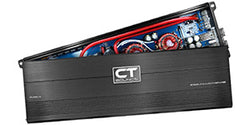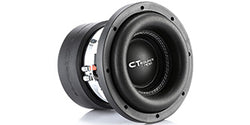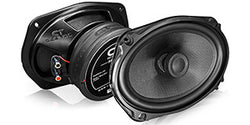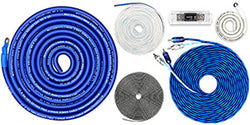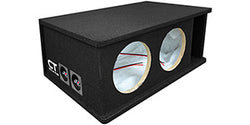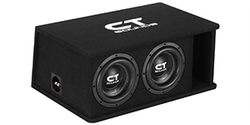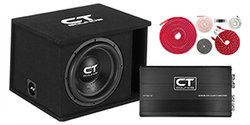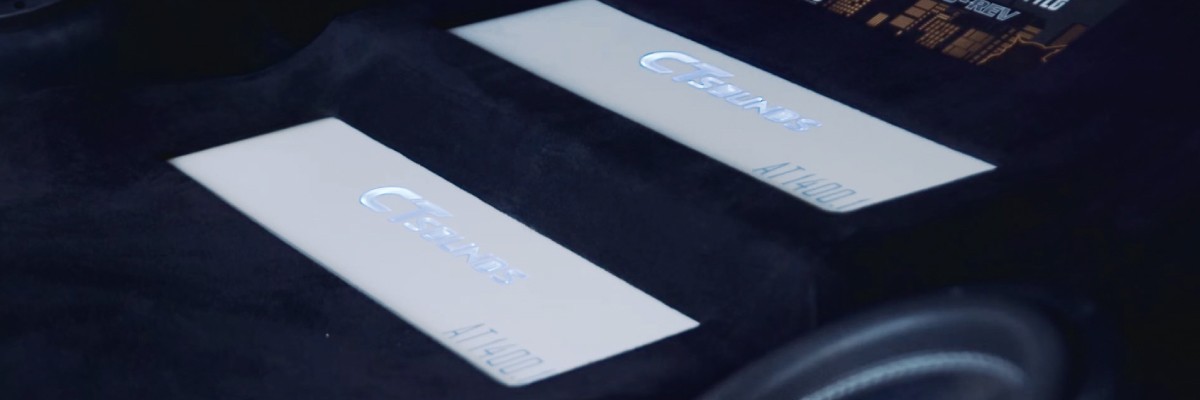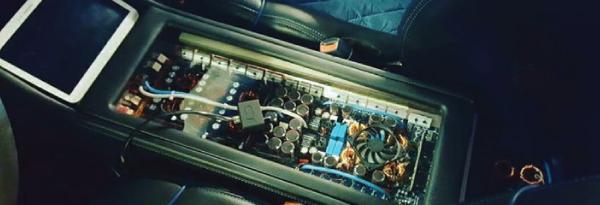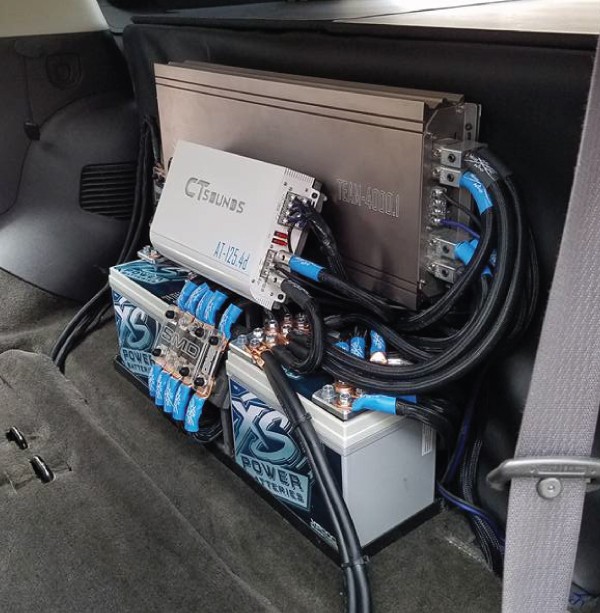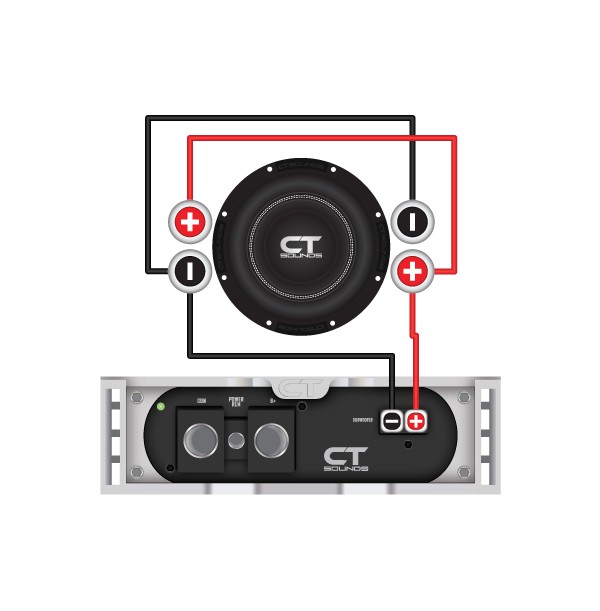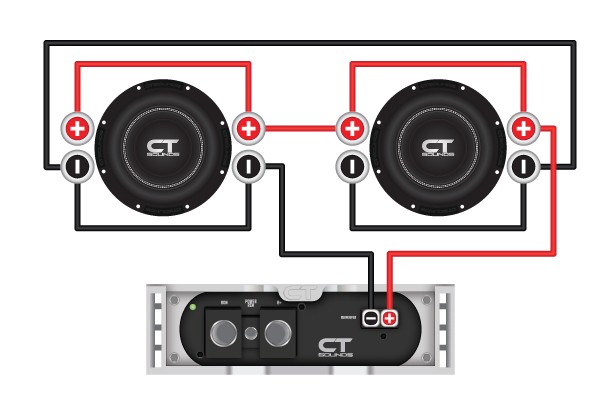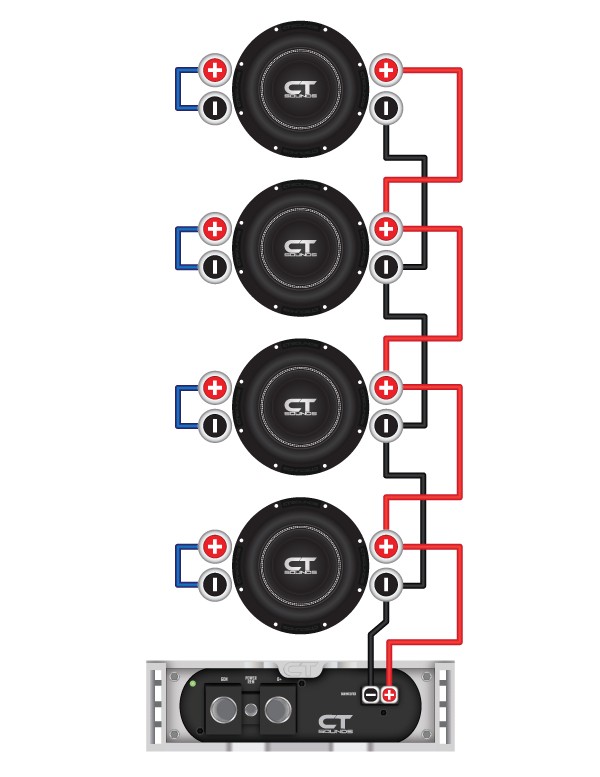How do I set my Amplifier to 1 Ohm?
April 8, 2019 by Coleman Thedinger
Wiring in your car speakers, subwoofers, and amplifiers can be confusing, especially if you’re unfamiliar with electricity. There are a lot of terms to learn, a lot of things to know, and the consequences can be very serious (both costly, and dangerous) if this is done incorrectly.
Wiring in your car speakers, subwoofers, and amplifiers can be confusing, especially if you’re unfamiliar with electricity. There are a lot of terms to learn, a lot of things to know, and the consequences can be very serious (both costly, and dangerous) if this is done incorrectly.
We're going to break this down as basic and simple as possible, so if you’re looking for a more complex understanding, that won’t fall under the scope of this page.
Let’s go over some popular wiring configurations for an amplifier with a 1-ohm load.
Warning: Make sure that your amplifier explicitly states that it’s compatible with a 1-ohm load, otherwise you risk damaging your equipment. Wiring this together with an incompatible amplifier will cause an excess of heat and will either destroy your equipment quickly or slowly. It’s not super common to find monoblocks that are stable at 1 ohm, so don’t assume that your amplifier will support this unless you know for sure.
1 Ohm Wiring Instructions
First things first, you’ll need to determine how many subwoofers you plan on wiring into your amp, and what their requirements are, and what your amplifier can output in terms of power. The formula to calculate the impedance will depend on whether you’re wiring in series or in parallel. This also applies to subwoofers with dual voice coils.
- Wiring in Series: When you’re wiring multiple subwoofers in series, you’re connecting the positives from one subwoofer to the negatives on the next one.The formula for calculating the total ohm load when wiring in series is to simply add the ohms from each speaker together. Four 2-ohm speakers wired in parallel would give you an impedance of 8.
- Parallel Wiring: When you’re wiring in parallel, the positive wires connect to the positive posts, and the negative wires connect to the wireless posts. Unlike in series, where positives connect to negatives. The formula for calculating the impedance in parallel wiring is to add together the total ohms from each subwoofer, and then divide them by the number of subwoofers. If you have two2-ohm subwoofers, you would divide 2 by 2 and get an impedance of 1 ohm.
Wiring One 2 Ohm DVC Subwoofer to 1 Ohm Load
If you have one DVC sub at 2 ohms, and a mono amp that’s stable at 1 ohm, this is one of the simpler setups.
Your monoblock amplifier will have a + and a - terminal. Your subwoofer will have two +’s and two -’s.
Start by connecting both +terminals on the subwoofer together with a short bridge wire, and doing the same for both - terminals.
Run a wire from one of the +terminals on the sub to the + terminal on the amp. Run another wire from one of the - terminals on the sub to the - terminal on the amp.
To phrase it another way: Run a wire from the + terminal on your amp to the first + terminal on the subwoofer and run a second wire between the first + terminal on your subwoofer to the second + terminal on your subwoofer.
Run another wire from the -terminal on your amp to the first - terminal on the subwoofer and run a second wire between the first - terminal on the subwoofer and the second- terminal on the subwoofer.
Wiring Two Single 2 Ohm Subwoofers to 1 Ohm Load
Your monoblock amplifier that’s stable at 1 ohm will have a + and a - terminal. Your two single voice coil 2 ohm subwoofers will each have a + and a -terminal.
Wire the + on your amplifier to the + on the first subwoofer. Connect the + on the first subwoofer to the + on the second subwoofer using a second wire.
Wire the - on your amplifier to the - on the first subwoofer. Connect the - on the first subwoofer to the - on the second subwoofer using a second wire.
Wiring Two 4 Ohm DVC Subwoofer to 1 Ohm Load
Your monoblock amp that’s stable at 1 ohm has a + terminal and a - terminal. Your DVC subwoofers each have two + and two - terminals.
Wire the + from your amplifier to the first + on the first subwoofer. Wire the first +on the first subwoofer to the second + on the first subwoofer. Wire the second + on the first subwoofer to the first + on the second subwoofer. Wire the first + on the second woofer to the second +on the second subwoofer.
Wire the - from your amplifier to the first - on the second subwoofer. Wire the first -on the second subwoofer to the second - on the second subwoofer. Wire the second - on the second subwoofer to the first - on the first subwoofer. Wire the first - on the first woofer to the second -on the first subwoofer.
Wiring Four 2 Ohm DVC Subwoofers to 1 Ohm Load
If you have four subs, each one with dual voice coils at 2 ohms, and a mono amp under a 1-ohm load, here’s an explanation of how to wire that…
Your amp has a + and a -, and each sub has two +’s and two -’s.
Each of the subs should have a bridge wire to connect one of the +’s with one of the -’s on the same sub. This leaves both posts empty on the amp still, and each sub with one empty + post and one empty - post.
Next, you’ll connect the +from the amp to the empty + on the first subwoofer (not the + that is already bridged with the - on the same sub.) Run another wire from the +on the first sub (the one that’s also connected to the amp) and connect that to the empty + on the second sub. Next, connect the same + wire from the second sub to the empty + terminal on the 3rd sub, and then connect the + on the 3rd sub to the + on the 4th sub. Do not connect the4th sub back to the amplifier, the first sub is already connected to the amp.
Now, run a wire from the -terminal on the amplifier to the empty - terminal on the first sub.Connect the - on the 1st sub (the one that’s connected to the amp, notthe one that’s bridged) to the empty - terminal on the 2nd subwoofer.Connect the same - on the 2nd subwoofer to the empty - on thethird subwoofer, and do the same to connect the - on the 3rd sub to the -on the 4th sub. Once again, don’t connect the last subwoofer in the series backto the amp, because the 1st sub already connects to the amp to complete thecircuit.
Wiring in your car speakers, subwoofers, and amplifiers can be confusing, especially if you’re unfamiliar with electricity. There are a lot of terms to learn, a lot of things to know, and the consequences can be very serious (both costly, and dangerous) if this is done incorrectly.
